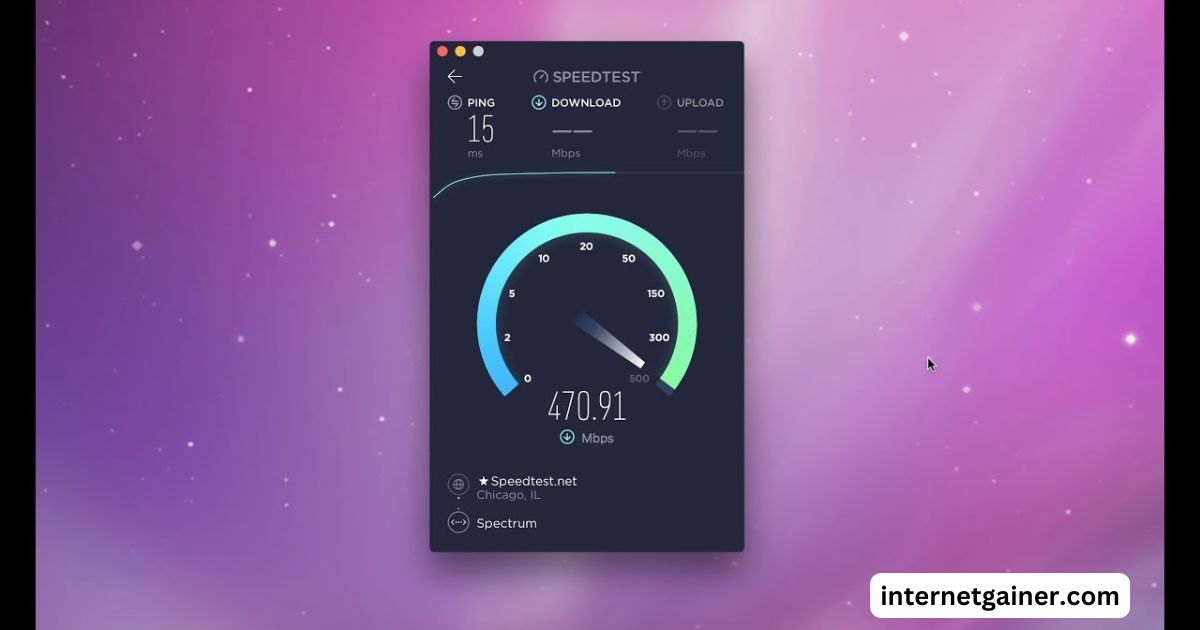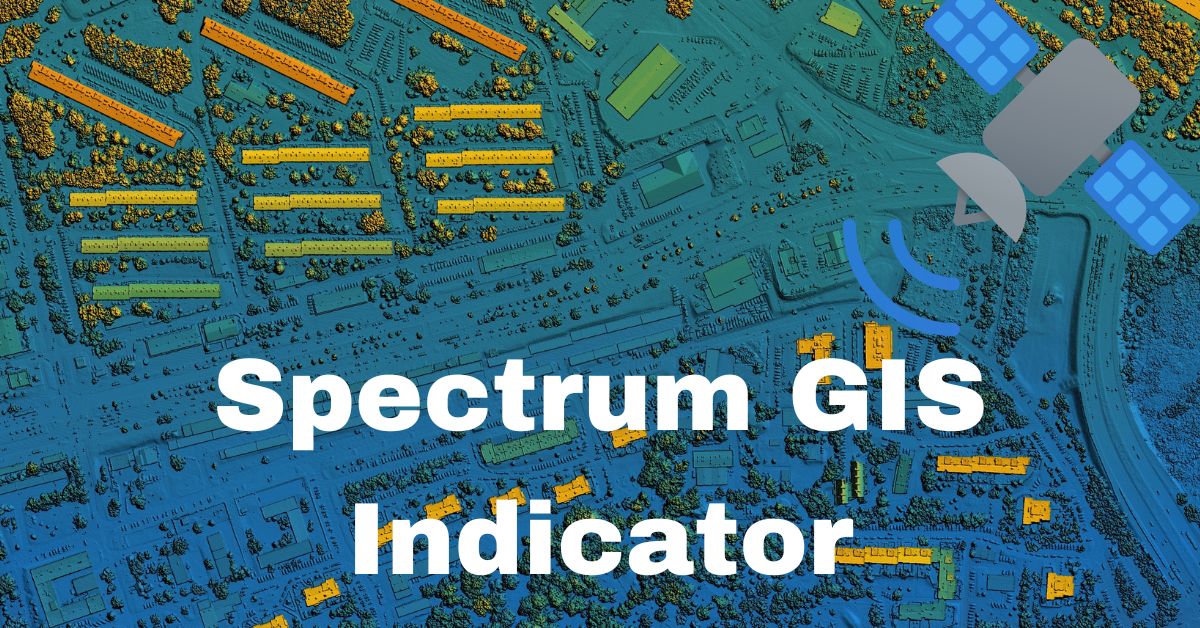Expanding internet availability to rural areas is an important issue for many, especially as high-speed internet becomes more essential for everyday life, education, work, and even healthcare.
While Spectrum has been actively working to expand its internet coverage to more areas, including rural regions, expanding its services to remote locations presents unique challenges and opportunities.
Let’s take a closer look at whether Spectrum can expand internet availability to rural areas and what factors play a role in this process.
Why Is Expanding Internet Access to Rural Areas Important?
In rural areas, internet access is often limited, unreliable, or unavailable altogether. This digital divide creates challenges for people who live in these regions, especially in areas where telecommuting, online learning, and telemedicine have become more prevalent.
Access to fast, reliable internet can help bridge these gaps, providing economic opportunities, educational resources, and better healthcare access.
For many rural residents, Spectrum and other internet providers are the potential solution to these connectivity issues. However, expanding internet infrastructure to underserved or rural areas requires significant investment and planning.
Can Spectrum Expand to Rural Areas?
Yes, Spectrum is capable of expanding its internet services to rural areas, and it has been actively working on doing so.
Spectrum’s parent company, Charter Communications, has made commitments to improving rural broadband access.
This effort is part of a broader nationwide initiative to improve broadband availability, especially in less densely populated areas.
However, expanding Spectrum’s internet services to rural areas depends on several factors, including:
1. Infrastructure Development
Expanding service to rural areas requires building out the necessary infrastructure, which often involves running fiber-optic cables and setting up necessary network equipment in less accessible regions.
This can be costly, especially when dealing with challenging terrains or sparsely populated areas. Spectrum would need to evaluate the demand in these regions to justify the investment in infrastructure development.
2. Regulatory and Government Support
Many rural broadband initiatives are supported by government funding, including grants and subsidies from federal and state governments.
Spectrum, along with other internet service providers, can apply for these funds to help offset the costs of rural broadband expansion.
The government has recognized the need for expanding broadband access and has been working to provide resources for internet service providers to extend their networks to rural regions.
3. Demand and Profitability
Internet service providers like Spectrum often weigh the potential demand for service against the costs of expansion.
In rural areas where the population is sparse, the demand for internet services may not justify the large capital investment required to extend the network.
However, with growing reliance on high-speed internet for education, business, and healthcare, this balance is shifting, and more providers are prioritizing rural broadband expansion.
4. Technological Solutions
In addition to fiber-optic cables, other technologies, such as fixed wireless broadband or satellite internet, may offer alternatives for providing high-speed internet in rural regions.
Spectrum could leverage these solutions as part of its expansion efforts, especially in areas where it is not practical or cost-effective to run traditional cables.
Spectrum’s Efforts in Expanding to Rural Areas
Spectrum has been actively working to expand its services to rural areas. Charter Communications, Spectrum’s parent company, has committed to providing broadband access to underserved regions as part of federal broadband initiatives.
The company has been involved in various projects aimed at improving internet access in rural and remote locations, especially through partnerships with government programs like the Federal Communications Commission’s (FCC) Rural Digital Opportunity Fund.
What Can Rural Residents Do to Gain Access to Spectrum?
If you’re in a rural area and want to see if Spectrum is available, here are a few steps you can take:
- Check the Spectrum Availability Map
Start by visiting Spectrum’s official website and entering your ZIP code into the internet availability map to check if service is available in your area. If Spectrum isn’t currently available, the map may indicate if there are any plans to expand in your area soon. - Contact Spectrum
You can always reach out to Spectrum’s customer service to ask about the possibility of expanding service to your rural area. While it may not be available right now, customer feedback and inquiries can help signal demand for expansion. - Look for Local Partnerships or Grants
In some cases, local government programs or partnerships with internet providers may help bring internet access to rural areas. Keep an eye on community broadband initiatives and federal or state broadband grant opportunities that may fund network expansions. - Explore Alternative Solutions
If Spectrum’s services aren’t available yet, consider exploring other internet options, such as satellite internet providers like Starlink, which focuses on providing high-speed internet to rural and remote areas.
Conclusion
Expanding Spectrum’s internet availability to rural areas is possible, but it depends on factors like infrastructure, demand, and government support. While Spectrum is actively working on expanding its reach, rural areas still face challenges in accessing reliable internet.
As government programs and technological advancements continue to evolve, the future of rural broadband access looks brighter, with more opportunities for service providers like Spectrum to help bridge the digital divide.
Stay informed about expansion efforts and alternatives to ensure you have the best options available for high-speed internet in your area. For more spectrum Internet information check the internetgainer.



